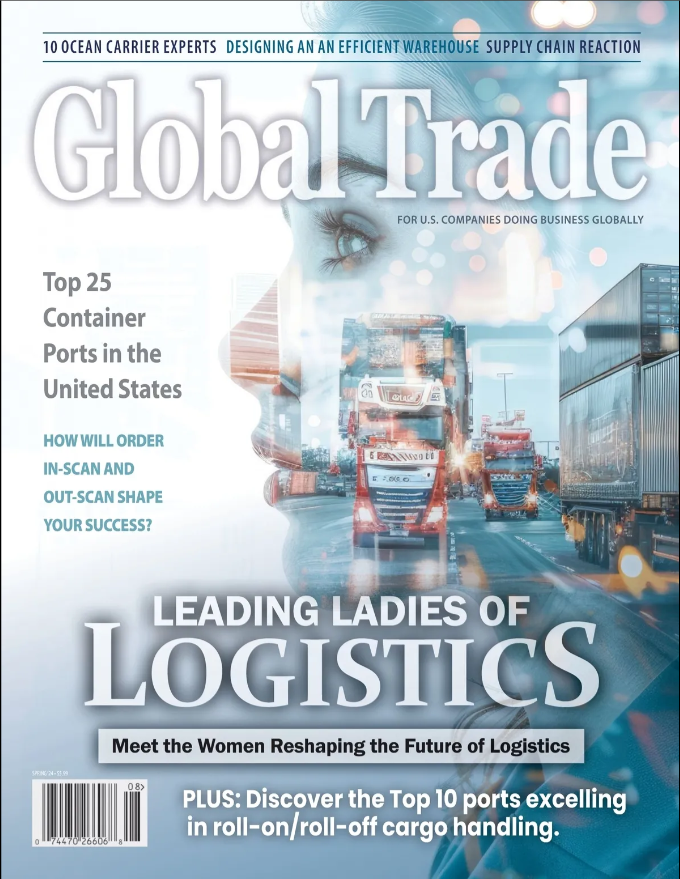BNSF to Improve California Rail Infrastructure
The BNSF Railway has said it will spend an estimated $141 million to increase capacity and improve its rail infrastructure in California.
The rail carrier’s 2015 capital projects in California include the construction of three miles of double track and a siding as part of the Tehachapi Rail Improvement Project along the Mojave subdivision. It also plans to expand the parking capacity at its Stockton Intermodal Facility.
In addition, its maintenance program in California will include 880 miles of track surfacing and undercutting work, the replacement of nearly 54 miles of rail and close to 118,000 ties.
RAILROAD INFRASTRUCTURE IMPROVEMENTS “WILL HELP CONNECT CALIFORNIA PRODUCTS TO KEY MARKETS”
“We know our customers are competing in a fast-paced, global economy where a smooth, efficient supply chain can be the difference between winning and losing in the marketplace,” says Mark Kirschinger, general manager of Operations for BNSF’s California Division.
The planned expansion and maintenance projects, he says, “will help give BNSF the capacity flexibility it needs to support our customers’ growing demands and connect California products to key markets.”
Nationwide, BNSF operates on 32,500 route miles of track in 28 states, and also operates in three Canadian provinces. In California, in addition to its intermodal yard in Stockton, BNSF also operates intermodal rail facilities in Los Angeles, Oakland and San Bernardino.
The planned capital investments in California are part of BNSF’s record 2015 capital commitment of $6 billion, which was announced last November and is the company’s largest planned capital expenditure in its history.
The investments include $2.9 billion to replace and maintain core network and related assets, nearly $1.5 billion on expansion and efficiency projects, $200 million for continued implementation of “positive train control” technology and $1.4 billion for locomotives, freight cars and other equipment acquisitions.





Leave a Reply